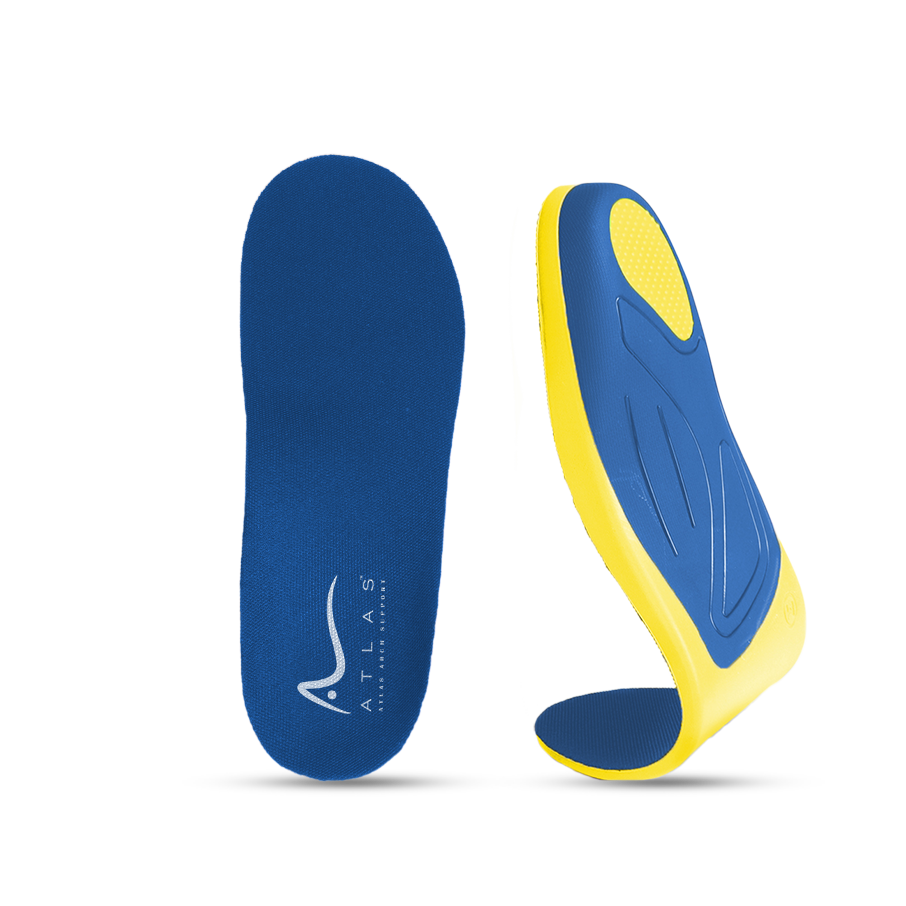Hammertoes are not merely a foot ailment but a signal for us to heed our overall health and well-being. They manifest as an unusual curvature in one or more of the smaller toes, indicating a disruption in the balance of muscular and structural elements of the toe. This guide offers an in-depth look at the causes, symptoms, and treatment options for hammertoes, shedding light on this prevalent issue. Whether genetic factors or inappropriate footwear are to blame, gaining an understanding of hammertoes is the initial step towards finding relief and healing.
Understanding the Causes of Hammertoes
Hammertoes result from an imbalance in the toe's muscles and structures, leading to a characteristic curled position. The primary factors contributing to this condition include:
- Genetic Predisposition: A family history of hammertoes increases the likelihood of developing them, as genetic traits influence the structure and function of your feet.
- Inappropriate Footwear: Tight, narrow shoes or high heels can force toes into a bent position, potentially causing permanent deformity due to muscle and tendon adaptation to this cramped posture.
- Muscle/Tendon Imbalance: An overpowering of toe-bending muscles over those that straighten can pull the toe into a bent state, a situation that may be exacerbated by aging, injuries, or other foot conditions.
- Injury: Toe fractures, dislocations, or severe sprains can lead to a hammertoe deformity by disrupting toe alignment and damaging its muscular and tendon structure.
- Arthritis and Diabetes: These conditions can alter toe joint alignment and integrity, or impair muscle function and blood flow, respectively, contributing to the development of hammertoes.
Recognizing Hammertoe Symptoms
Symptoms of hammertoes include:
- Visible Deformity: An evident upward bend at the toe's middle joint.
- Pain and Discomfort: Especially at the top of the bent toe and the ball of the foot.
- Corns and Calluses: Thickened skin patches resulting from friction against the shoe.
- Stiffness and Reduced Toe Movement: Indicating less flexibility in tendons and ligaments.
Management Strategies for Hammertoes
Effective management of hammertoes involves:
Managing hammertoes requires a combination of strategies aimed at alleviating pain, preventing further deformity, and restoring the functionality of the toes. Here's an expanded look at each management strategy to offer a comprehensive approach to dealing with hammertoes.
Appropriate Footwear
Choosing the right footwear is critical in managing hammertoes effectively:
- Spacious Toe Box: Shoes with a roomy toe box allow the toes to lie flat rather than being cramped and further exacerbating the hammertoe deformity. This can significantly reduce pressure on the toes and prevent the condition from worsening.
- Lower Heels: High heels increase pressure on the forefoot and toes, which can aggravate hammertoe symptoms. Opting for shoes with lower heels helps distribute body weight more evenly, reducing strain on the toes.
- Soft Materials: Shoes made from soft, flexible materials can accommodate the hammertoe more comfortably, minimizing irritation and pain.
Orthotic Devices
Orthotic devices play a key role in managing hammertoes by correcting abnormal foot mechanics:
- Custom-fitted Orthotics: These are specially designed inserts that fit into shoes to help distribute pressure evenly across the foot, reducing the stress on the affected toes and providing support where it's needed most.
- Toe Splints or Supports: These devices can help realign the bent toes and relieve pressure and pain.
Exercises
Specific exercises can strengthen the muscles around the hammertoe, improving flexibility and mobility:
- Toe Stretches: Gently stretching the toe can help alleviate stiffness and restore a more natural range of motion.
- Strengthening Exercises: Exercises that strengthen the muscles of the feet and toes can help maintain or restore the balance of muscular forces, potentially slowing the progression of the deformity.
- Picking Up Objects: Using the toes to pick up small objects can improve toe flexibility and strength.
Padding and Strapping
Padding and strapping techniques provide immediate relief from the discomfort caused by hammertoes:
- Padding: Non-medicated pads can cushion and protect the protruding joint, reducing pain from friction and pressure when wearing shoes.
- Strapping: Taping or strapping the affected toe can help straighten it, reducing pain and discomfort during daily activities.
Surgical Intervention
Surgery may be considered for severe cases of hammertoe when other treatments fail to relieve pain or improve toe function:
- Joint Reconfiguration: Procedures may involve removing a small section of bone from the affected toe to realign the joints.
- Tendon Transfer: This involves rerouting tendons to provide better leverage for toe straightening.
- Implants: In some cases, artificial implants may be used to replace or augment the structures within the toe to maintain correction.
Conclusion
Hammertoes need not compromise your foot's comfort and functionality. With proper knowledge and care strategies, managing and potentially overcoming this condition is feasible. From choosing suitable footwear to performing targeted exercises and considering surgical options when necessary, various measures can alleviate hammertoe discomfort. Early intervention is crucial for preventing further complications, so begin your journey towards healthier feet today.




